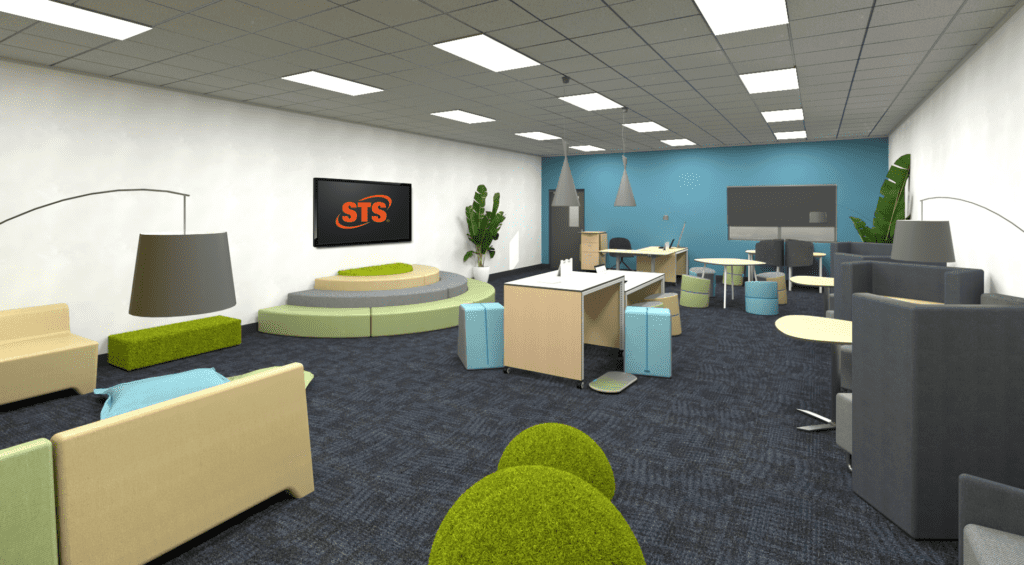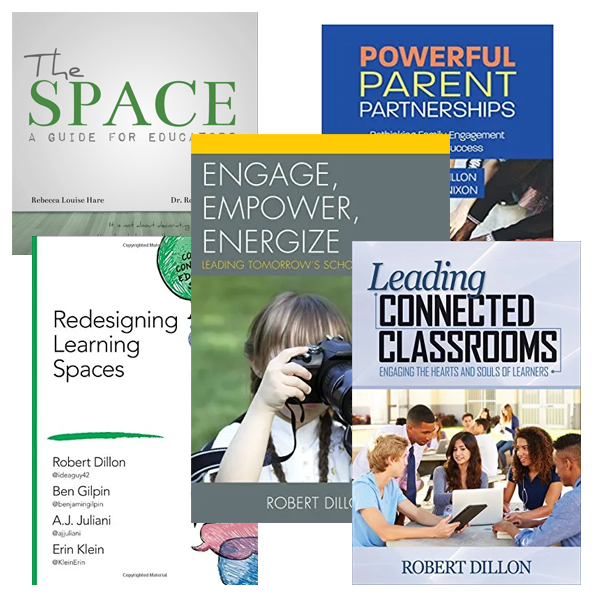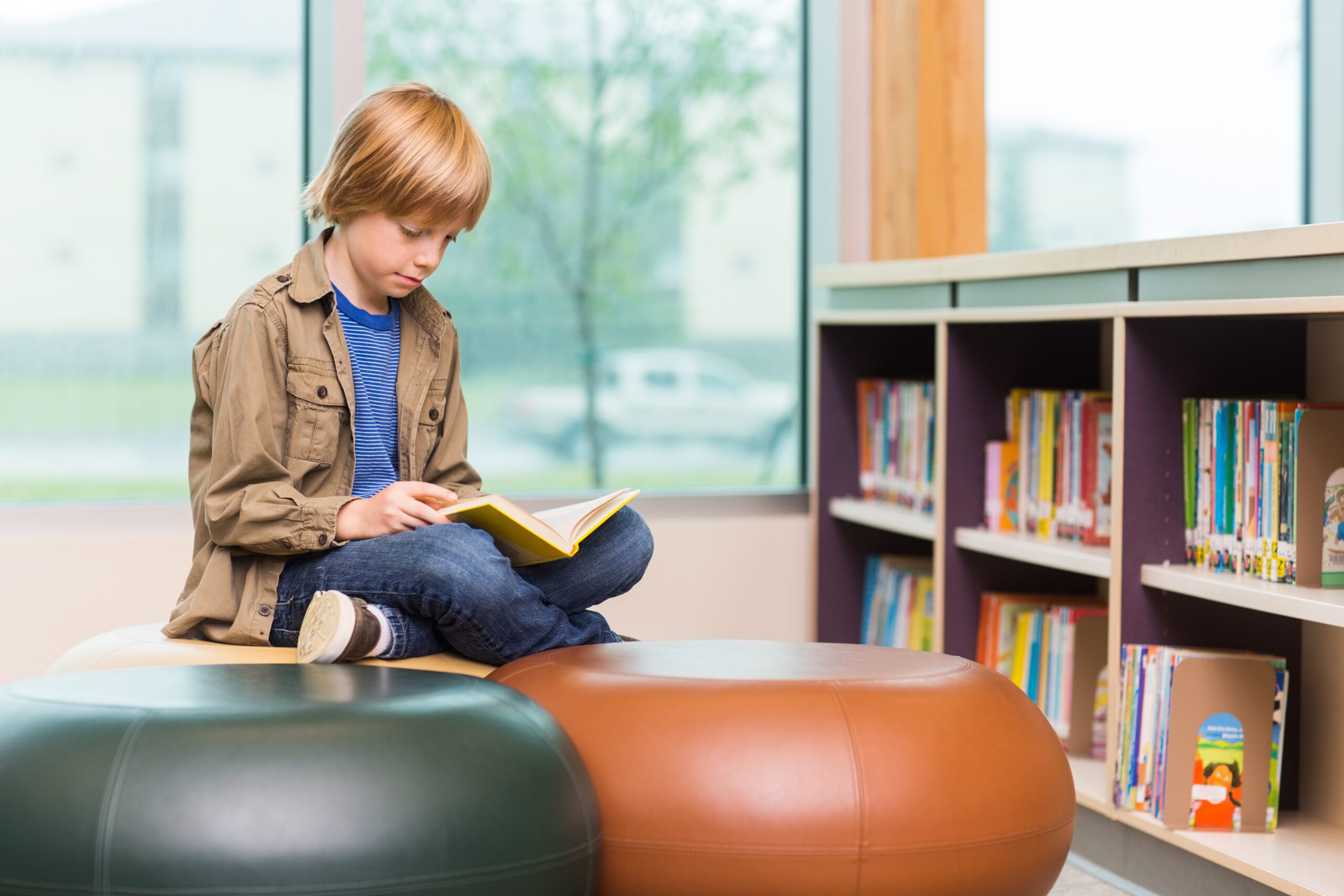The Connection Between Wellness and Achievement
Wellness Rooms
Educators agree that student wellness and academic achievement share a critical relationship- as evidenced by research findings published recently by Collaborative for Academic, Social, and Emotional Learning (CASEL). According to CASEL’s recent summary blog post of industry trends, 90% of secondary and elementary teachers agree that promoting Social Emotional Learning would improve their students’ outcomes.
Unfortunately, due to the global pandemic, there’s been a recent surge in anxiety and depression reported among both students and teachers―which may be negatively impacting both teaching and learning.




